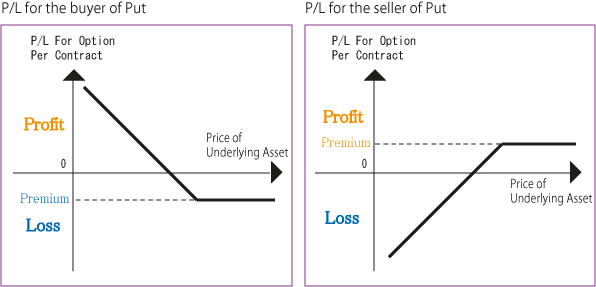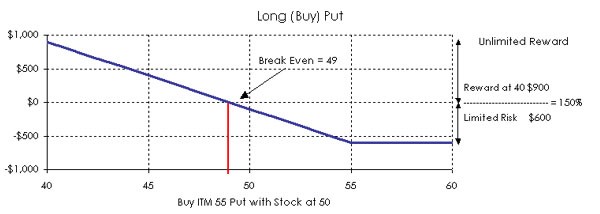Options Basics Puts And Calls
Post on: 27 Июль, 2015 No Comment

Options are divided into two categories: calls and puts. Calls increase in value when the underlying security is going up, and they decrease in value when the underlying security declines in price. Puts increase in value when the underlying security is going down and decrease in value when it is going up. So depending on what you anticipate happening in the market, you can buy a call or a put and profit from that movement.
To understand why the value of calls and puts fluctuate when the market moves up and down, you need to understand what each type of option gives you the right to do once you have purchased it.
Call Options
A call option gives you the right to buy a stock from the investor who sold you the call option at a specific price on or before a specified date. For instance, if you bought a 35 October call option on General Electric. the option would come with terms telling you that you could buy the stock for $35 (the strike price) any time before the third Friday in October (the expiration date). What this means is, if GE rises anywhere above $35 before the third Friday in October, you can buy the stock for less than its market value. Or if you don’t want to buy the stock yourself or exercise the option, you can sell your option to someone else for a profit.
The drawback is if GE never rises above $35, your option won’t be worth anything because nobody wants to buy an option that allows them to buy a stock for a higher price than they could get it for if they just went out into the open market and bought it.
Put Options
A put option gives you the right to sell a stock to the investor who sold you the put option at a specific price, on or before a specified date. For instance, if you bought a 25 October put option on Pfizer. the option would come with terms telling you that you could sell the stock for $25 (the strike price) any time before the third Friday in October (the expiration date). What this means is, if Pfizer falls anywhere below $25 before the third Friday in October, you can sell the stock for more than its market value. And if you don’t want to sell the stock yourself, you can sell your option to someone else for a profit.

Now, you have to keep in mind that to make money you will not have purchased a put option on a stock that you own (although this can be a legitimate hedging strategy). If you owned the stock, the gains you would make on the put option would be offset by the losses you would incur on the stock. Instead, you would buy a put on a stock you don’t own and then buy that stock right before you are ready to exercise the put. For instance, if you have purchased a put on Pfizer with a strike price of $25, and the stock dropped to $20, you could go out into the open market, buy the stock for $20 and turn around and sell it for $25, making a $5 profit.
The tricky part about options is that they expire. If you don’t sell or exercise your option before the expiration date, you will lose your entire investment. That’s a scary proposition, so you need to take care to always watch your expiration dates.
Options are no longer just for large institutional investors. You too can take advantage of the flexibility and leverage these wonderful trading tools offer.
To learn more about what it takes to make real profit in your own portfolio, check out INESTools easy-to-understand, application-based education at www.investools.com .














